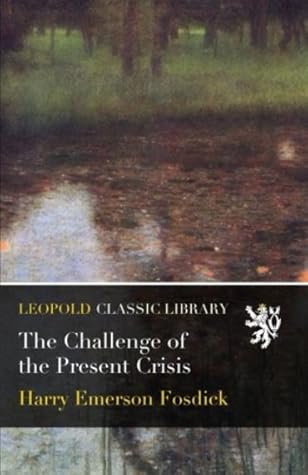- Bíblia
- Leia a Bíblia
- Versões da Bíblia
- Verso do dia
- Planos de Leitura
- Versos por Tópico
- Books of the Bible
- Imagens bíblicas
- Estude
- Comentários
- Concordâncias
- Dicionários
- Enciclopédias
- Sermões
- Bible Atlas & Maps
- BP Wiki
- Devocionais
- Devocionais de hoje
- Light of the World
- Todos os devocionais
- Inspirational Quotes
- Mais
- Picture Quotes
- Videos
- Inspirador
- Estudo da Bíblia
- O que a Bíblia diz
- Bible Q&As
- Daily Bread
- Bible by Genre
- Bible Stories
- Random Bible Verse
- Comunidade
- Store
The Challenge of the Present Crisis
Dentistry refers to the study, diagnosis, prevention, and treatment of diseases, disorders, and conditions of the mouth. Dentistry also deals with the oral mucosa, and adjacent and related structures and tissues, especially in the region of the maxillofacial. While largely concerned with teeth in the context of the general public, dentistry or dental medicine are not constrained to teeth, but include additional issues relating of the craniofacial complex, including the temporomandibular joint and other supporting, muscular, lymphatic, nervous, vascular, and anatomical structures.
Dentistry refers to the study, diagnosis, prevention, and treatment of diseases, disorders, and conditions of the mouth. Dentistry also deals with the oral mucosa, and adjacent and related structures and tissues, especially in the region of the maxillofacial. While largely concerned with teeth in the context of the general public, dentistry or dental medicine are not constrained to teeth, but include additional issues relating of the craniofacial complex, including the temporomandibular joint and other supporting, muscular, lymphatic, nervous, vascular, and anatomical structures. About usLeopold Classic Library has the goal of making available to readers the classic books that have been out of print for decades. While these books may have occasional imperfections, we consider that only hand checking of every page ensures readable content without poor picture quality, blurred or missing text etc. That's why we:
republish only hand checked books;
that are high quality;
enabling readers to see classic books in original formats; that
are unlikely to have missing or blurred pages.
You can search "Leopold Classic Library" in categories of your interest to find other books in our extensive collection.You can search "Leopold Classic LibraryLeopold Classic Library" in categories of your interest to find other books in our extensive collection.
Happy reading!
Happy reading!BUY NOW
Published November 23rd 2015 by Leopold Classic Library

1878-1969
Harry Emerson Fosdick was an American clergyman. He was born in Buffalo, New York. He graduated from Colgate University in 1900, and Union Theological Seminary in 1904. While attending Colgate University he joined the Delta Upsilon Fraternity. He was ordained a Baptist minister in 1903 at the Madison Avenue Baptist Church at 31st Street. Fosdick was the most prominent liberal Baptist minister of the early 20th Century. Although a Baptist, he was Pastor of the First Presbyterian Church on West Twelfth Street and then at the historic, interdenominational Riverside Church (the congregation moved from the then-named Park Avenue Baptist Church, now the Central Presbyterian Church) in New York City.
Fosdick became a central figure in the conflict between fundamentalist and liberal forces within American Protestantism in the 1920s and 1930s. He saw the history of Christianity as one of development, progress, and gradual change. To the fundamentalists, this was rank apostasy, and the battle lines were drawn.
Fosdick was an outspoken opponent of racism and injustice. Fosdick's sermons won him wide recognition, as did his radio addresses which were nationally broadcast. He authored numerous books, and many of his sermon collections are still in print. He is also the author of the hymn, "God of Grace and God of Glory"
... Show more